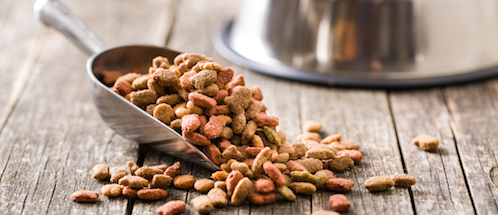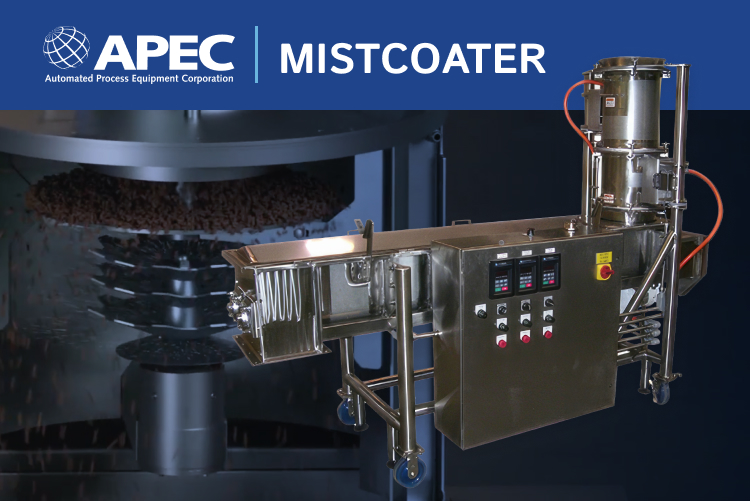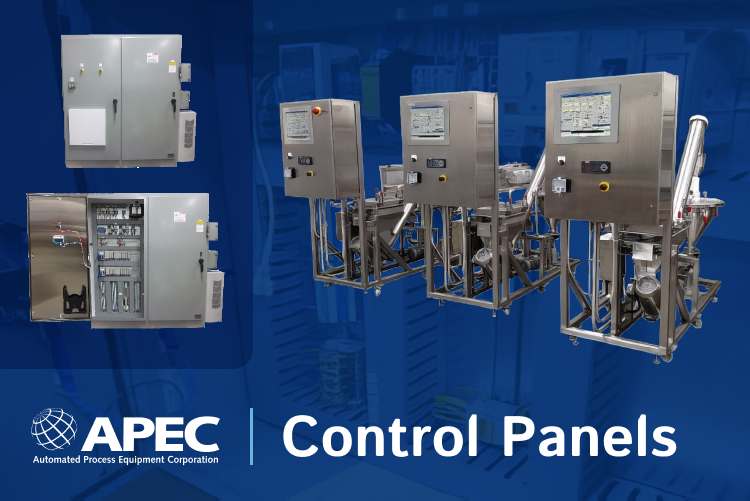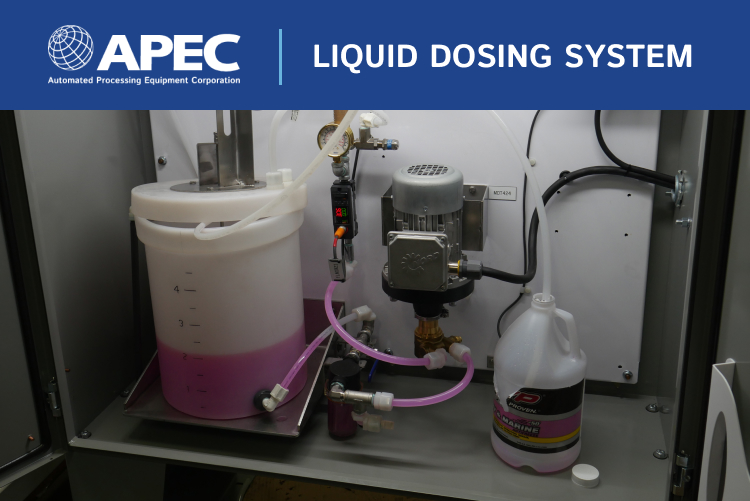
In our previous post, we discussed a number of recall risks in pet food processing, including bacteria, chemicals and heavy metals. In this post, we’ll discuss additional recall risks affecting the pet food processing industry. This includes two of the most common and most dangerous recalls risks; mycotoxins, specifically aflatoxins, and trace mineral inaccuracies.
Common Recall Risks in Pet Food Processing
Mycotoxins, Storage and Testing
Bacteria and chemicals are not the only recall risks in pet food processing. Mold toxins are another common cause of recalls in pet food processing. Molds that grow in a wide variety of grains, seeds, nuts and grasses produce mycotoxins, which are toxic to animals and people. The most harmful among these are aflatoxins, potent carcinogens and mutagens commonly affecting corn. Effects of aflatoxicosis include liver damage, liver failure, cancer, and an inability to process or metabolize nutrients, among other effects. Due to their high toxicity, the acceptable level of aflatoxins set by the FDA is low, at 20 parts per billion for human and pet foods.
Aflatoxins Thriving in Dry Weather
Aflatoxins are common in corn and can be found in a wide variety of products using corn-based ingredients. These toxins are also very difficult to manage, and continue to be a source of recall risks for pet food processors. According to the FDA, “In 1998, 2005, 2011, and 2013 aflatoxin
contamination of dog and cat food resulted in illness, dog mortalities, and extensive recalls of
affected dog and cat food.”
While many harmful molds and toxins proliferate during warm, humid, wet conditions, aflatoxins are particularly difficult to manage because of their unusual tendency to thrive during hot, dry conditions. Aflatoxin risks are high in 2020 due to hot, dry weather across regions with high corn and grain production. Other damaging incidents, such as wind storms, hail and insect damage has made crops more susceptible to aflatoxins.
Relationships With Suppliers Are Key
This pet food recall risk is also difficult for pet food processors to manage. Aflatoxins are resistant to operations like cooking, which kill other contaminants. Reducing the risk of aflatoxins mostly falls on grain harvesters and suppliers. Improper storage, testing, drying and handling before and after harvest can cause grains contaminated with aflatoxins to enter the pet food supply chain. Pet food processors with a high level of vertical integration and supply chain management and visibility may have the best opportunity to mitigate this problem. Other pet food processors must take care to test ingredients for toxins and maintain close partnerships with reliable suppliers. Facility managers must also take care to prevent ingredient mixing; mixing clean grain or ingredients with contaminated ingredients is not a sufficient solution to reduce the level of aflatoxins.
Trace Minerals and Inaccurate Recipes
Both humans and animals require a number of trace vitamins and minerals for optimal health. Pet food processors may use mineral powders or liquids to give pet food the trace minerals and nutrients that animals need to stay healthy. Trace vitamins and minerals may come from organic or inorganic sources. The source can impact whether or not the substance can be effectively absorbed. In many cases, an inaccurate recipe can make pet foods harmful to pets, either by using too much or too little of an ingredient.
A Careful Balance
B-complex vitamins, including B-12, riboflavin, niacin, pantothenic acid, thiamine, pyridoxine, and biotin, all effect metabolism, nervous system function, and skin and fur health. Trace minerals, like zinc, manganese, copper, selenium, iodine and iron, play a variety of roles in an animal’s metabolic system, nervous system, immune system, joint and bone health, and much more. All of these vitamins and minerals are required in very small amounts. However, a deficit will start to weaken essential function. Unfortunately, an excess can also cause health problems.
Excessive vitamin D levels are one cause of recalls in pet food processing. In small amounts, vitamin D is essential for absorbing calcium and phosphorus. It’s particularly important for supporting muscle and bone growth in young animals. However, too much vitamin can be toxic, causing illness, kidney failure and death. Many other trace vitamins and minerals have similar, very narrow requirements.
The Importance of Accurate Formulation
Accurately measuring macronutrients is easier, since the tolerances tend to be wider. However, ensuring the right mix of trace nutrients requires careful ingredient understanding, as well as a highly accurate distribution system. As previously mentioned, the organic or inorganic source of the ingredient will play a role in how it is absorbed and how it reacts during processing. Thiamin, for example, can be easily destroyed during some cooking processes. In other cases, an trace mineral may appear in the formula, but the animal cannot actually absorb the inorganically-derived substance. All of these aspects, and many more, play a role in the optimal recipe.
With the right vitamins and minerals selected, a reliable micro ingredient system is also essential. Using too much or too little of these ingredients can have deadly consequences, so it’s essential to keep weighing instruments well-calibrated. Automation at this stage can also help to prevent costly errors, and ensure that a recipe is consistent. Integrating a tracking and tracing system is also important. This way, if an error occurs and a lot contains too much of a trace ingredient, it can be removed or recalled more easily.
Food recalls in pet food processing can come from many different directions, just like recalls in food processing for humans. It is impossible to account for all of these risks 100% of the time. Even the most detailed testing and sanitation procedures can leave invisible toxins, microbes, and chemicals untouched. This is why preventative as well as reactive measures are necessary. Preventive measures, like detailed maintenance, proper equipment design, testing, and hazard analysis and help to stop risks before they start. When contamination does occur, reactive measures like tracking and tracing, and recall procedures will help to reduce harm.







